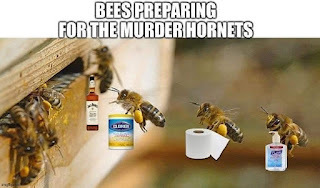Hyperbole
Hyperbole is defined as “extravagant exaggeration used as a figure of speech.” For me, it is also the highest form of humor, one that makes me laugh out loud when other attempts fail. My favorite comedian, Dave Barry, is a master at this type of humor. Comparing skiing and snowboarding, he writes, “Whereas with snowboarding, all you get is one board, which is shaped like a giant tongue depressor.”
Exaggeration doesn’t have to be humorous. It also can be used to describe something so vividly the reader can almost taste it. (oops, a bit of hyperbole on my part) F. Scott Fitzgerald’s “Her voice is full of money,” used to describe Daisy’s voice in The Great Gatsby, is a good example.
Hyperbole is extremely effective when it comes to producing drama as in Kurt Vonnegut’s Slaughterhouse Five when he describes the bombing of Dresden, Germany during WWII. “There was a fire-storm out there. Dresden was one big flame. The one flame ate everything organic, everything that would burn.”
As a writer, I like to think the phrase “a picture is worth a thousand words” is an example of hyperbole, a challenge, if you will. If I have the audacity to call myself a writer, why can’t I describe something so perfectly the reader doesn’t need a picture to see it in his or her mind’s eye? Then I come across a cartoon like the one below and realize I might write ten thousand words and never achieve the effect of this one stroke of genius that pokes fun at the Covid-19 pandemic while simultaneously making us aware of another invasion.




